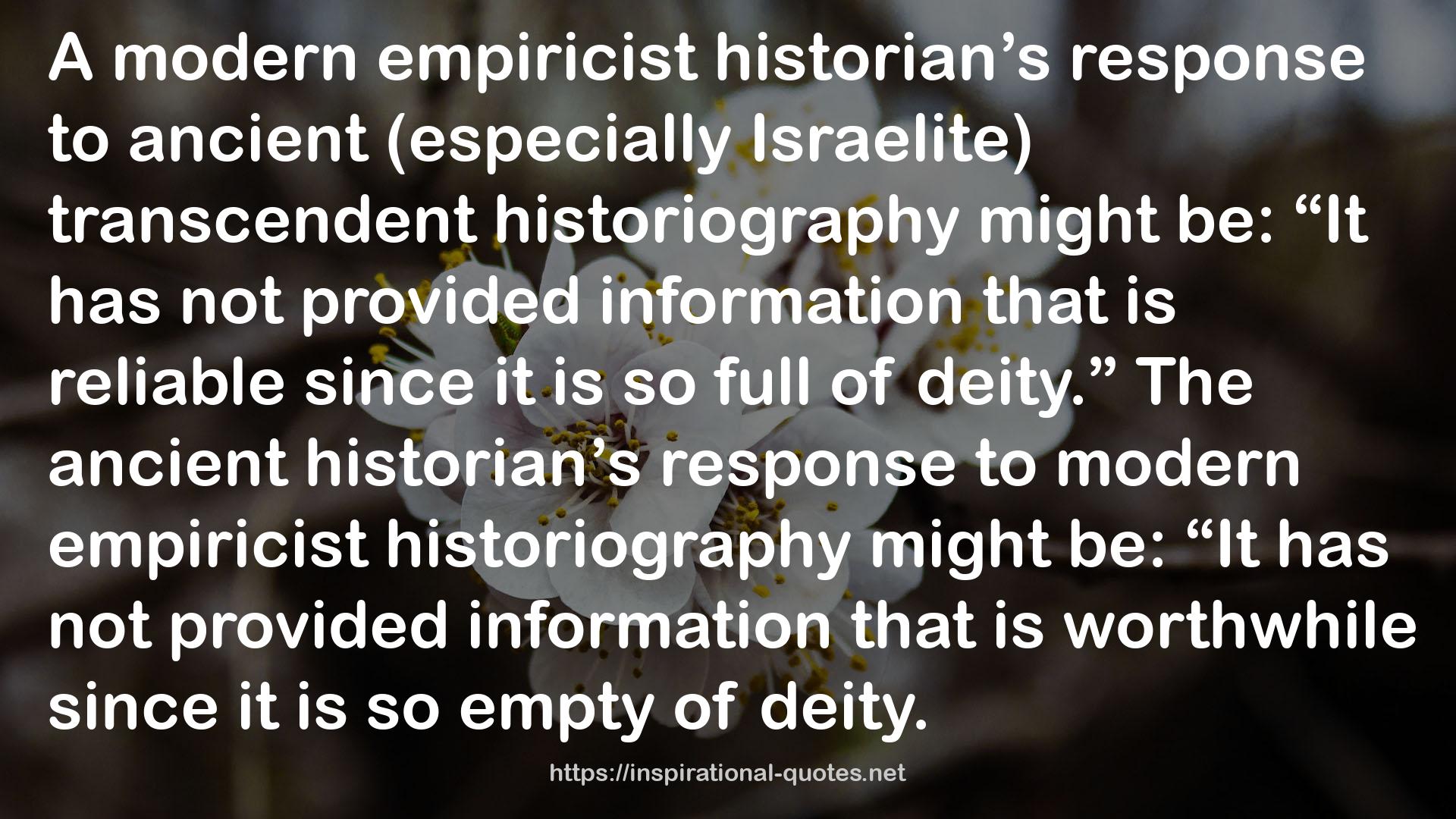Ancient Near Eastern Thought and the Old Testament: Introducing the Conceptual World of the Hebrew Bible QUOTES
 Ancient Near Eastern Thought and the Old Testament: Introducing the Conceptual World of the Hebrew Bible
Ancient Near Eastern Thought and the Old Testament: Introducing the Conceptual World of the Hebrew Bibledetail
SOME WORKS
- Murder in Chelsea (Gaslight Mystery, #15)
- Murder in Little Italy (Gaslight Mystery, #8)
- City of Lies (Counterfeit Lady, #1)
- City of Shadows (Counterfeit Lady #5)
- Murder on Trinity Place (Gaslight Mystery, #22)
- Murder on Marble Row (Gaslight Mystery, #6)
- I am in Love With Myself
- Love Being a Woman!: Celebrating Womanhood...
- कुछ अनकहे एहसास
- The Fat Woman's Joke
